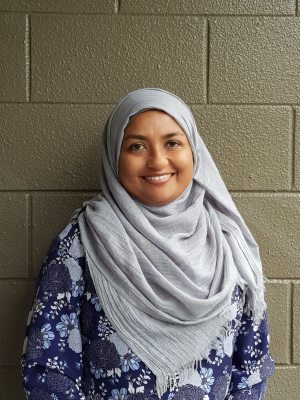Language Support for Multilingual Learners of English: Comparing Three Models
In a recent conversation with a group of teachers, I asked about how multilingual learners of English received language support in their schools. Laura* was a specialist English language teacher whose school practiced a pull-out approach, Allie taught third grade in a school that followed a push-in model, and Robin taught seventh grade in a school that encouraged coteaching with language support teachers. Each of these teachers were loyal to the policy followed by their school, claiming that it worked for her context, including the students. In the following table, I try to capture the approach each school followed, and the benefits, from the perspectives of these teachers.
|
|
Pull-out Model (Laura’s Perspective) |
Push-in Model (Allie’s Perspective) |
Coteaching Model (Robin’s Perspective) |
|
What Does It Look Like? |
Children spend 1 hour of the school day in the language room with the specialist English language teacher, about 3–4 times a week. About 6–8 children of similar English language ability are “pulled out” of their mainstream classes at a time. Children work on projects together as they receive focused English language instruction. This may sometimes be related to the content taught in their mainstream classes, but usually focus on different, more general topics. |
An English language learning assistant (ELLA) visits classrooms to provide individual or small-group support for multilingual learners of English. The ELLA works primarily on developing reading and writing skills, using additional resources that they bring with them. The ELLA visits each class about 2–3 times a week. |
Robin works with the English language department when planning her work, identifying how her content teaching can be scaffolded to provide English language instruction. A specialist English language teacher visits the classroom 1–2 times a week and works with identified learners either 1-to-1 or in small groups. The work they do in this case would supplement Robin’s teaching, and help learners to focus on acquiring language and developing skills. |
|
Why Does It Work? |
“Our English language learners really enjoy coming here and spending time with others who have a similar level of English. They feel a sense of belonging here. They are not lost trying to follow everything that is going on in a busy classroom, and struggling to keep up with the language of the lesson. Here they are safe and they can have fun. They gain confidence using English.” |
“It is a really great opportunity for our language learners to take a breather from the main lesson and focus on something simpler that they can achieve. I see a real difference in their reading abilities after a few weeks of them working with the ELLA.” |
“It is really helpful to have someone else to plan with and to have someone else come in a couple of times a week to provide that additional focused support for the English language learners.
While those learners are the target group for the individual support, anyone in the class can join in, so everyone benefits and no one feels left out.” |
|
What Challenges Remain? |
“We don’t have enough funding to keep bringing students here until they are fully ready to be independent. This means we have to let them go far too soon, and some of them do struggle when we have to cut off support.
Many parents complain that their child is missing out on learning in the mainstream classroom and is being treated differently.” |
“The ELLA works quite independently, and I sometimes feel that there is little connection between what I do with the whole class and what she does with the small group teaching that she does.
Some children don’t want to work separately with the ELLA, because it makes them stand out in a way they don’t feel is good.” |
“We don’t get enough time with the specialist teacher.
Co-planning and teaching is a lot of work and not something every teacher is willing to do, given they are time-poor.” |
While each approach or model has its strengths and weaknesses, remember that their implementation can vary across contexts. So, a pull-out model in one school may look very different from a pull-out model in another one. Both the pull-out and push-in models have been criticized as being inequitable, but some studies show that there isn’t significant evidence to show that any one is superior to another.
What I found striking about the pull-out and push-in options Laura and Allie described was the lack of connection between what children might do with the language teacher and the work they would do in their mainstream classroom. Of course learners should be having fun, and learning about things that interest them. It is wonderful to hear that through small-group teaching, learners gain confidence in using English as well as feel a stronger sense of belonging at school. But there is an element of segregation that may make some learners feel that they are different.
In my personal opinion, Robin’s strategy appears to be the best option because she is teaching content-specific language and provides extra exposure to the content though the supplementary work that the specialist teacher does, working alongside Robin. The pull-out and push-in models can also be strengthened if there was a greater level of collaboration between language teachers and classroom teachers.
When considering different service models, we need to ask ourselves what the purpose of each model is, and how they can be achieved equitably.
*All names are pseudonyms

